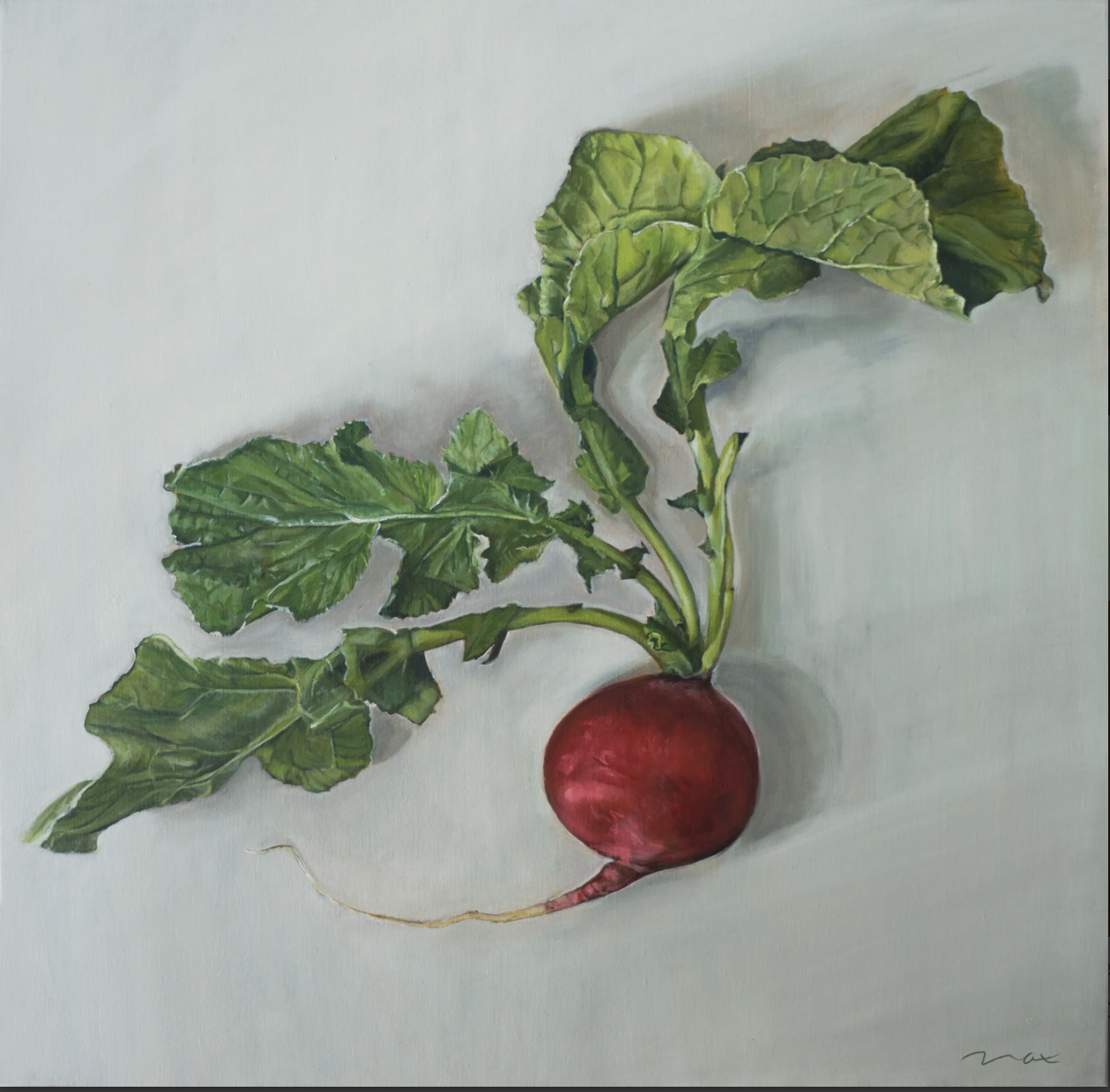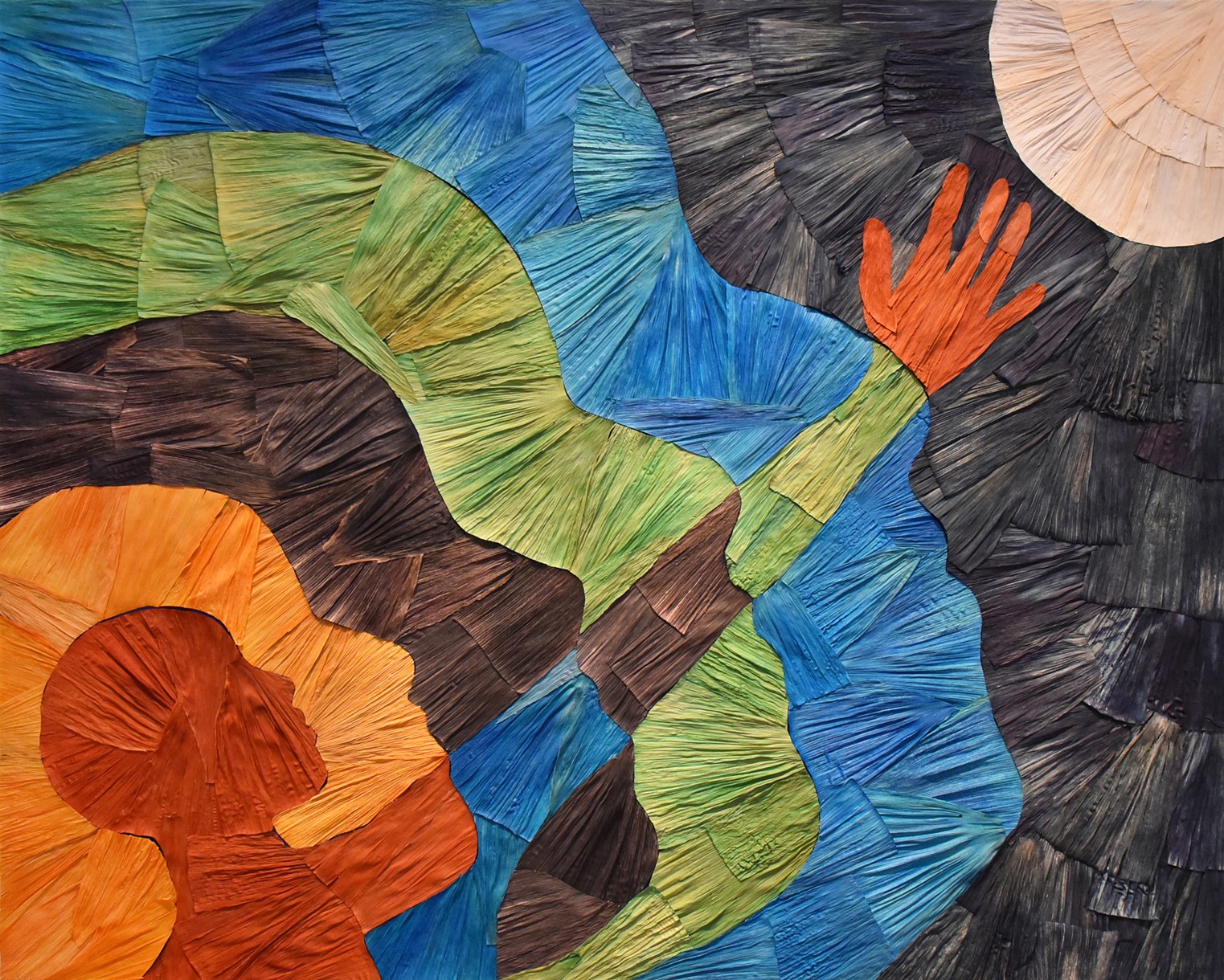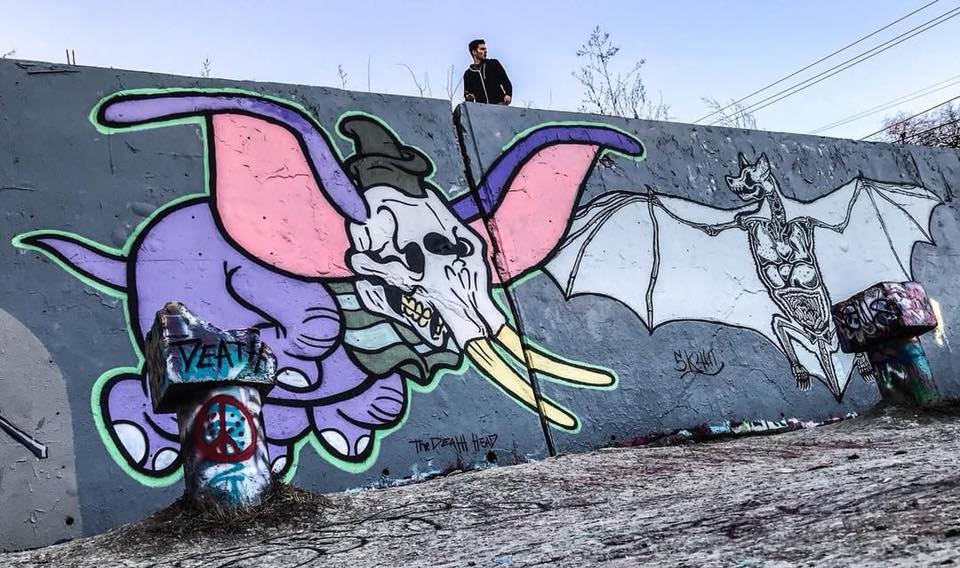On This Page
One of the joys of attending a local art event is getting to meet the artist. While artists featured in museums are usually distant from us, in the intimate setting of a gallery opening we get the opportunity to ask artists about their work, about what they are thinking about at the moment, and what they want to do next. Art creates a rich social environment, one that cannot be replaced by virtual gallery exhibitions. While the virtual gallery makes viewing artists’ work more accessible, it also collapses the social experience for both viewers and artists. Virtual galleries live next to chaotic news feeds and email threads and all other facets of the world inside the viewer’s screen. To maintain a more insightful experience of art, some galleries began producing their own artist interview series.

Historical Context: The Summer of 2020
I conducted seven interviews with artists for La Peña’s Pandemic and Resistance show in the summer of 2020. It was a time of extreme social turmoil. Protestors in Austin calling for an end to the violence committed by the Austin Police Department were met with tear gas and rubber bullets, alongside many protestors around the country who met the same fate. Many people felt helpless and were unsure of how to express themselves.
The theme of the exhibition allowed artists to address these issues directly, and those who I interviewed spoke candidly about their own thoughts and anxieties. Suzy Gonzalez shared her passion for sustainable food that carried her and family through the lockdown, and the significance of the food knowledge of her Indigenous ancestors in her art. Naxieli Gomez also talked about food and cultural heritage, but she also told me about her volunteer work helping people in her community register to vote. The Death Head shared his upbringing in Mexico, his struggles with dyslexia, and his hatred of the Trump administration, all of which informed his body of work on various levels. All of the interviews were posted to La Peña’s Facebook page to promote the exhibition. In doing the interviews, I hoped that they would provide people something to engage with that acknowledged their collective pain and frustration, while also encouraging them to spend time with these artists’ work.
A Note on Zoom
These interviews were conducted and recorded over Zoom. By now we are all familiar with Zoom, the video conference software that suddenly took the spotlight during the pandemic. It is easy to record conversations over Zoom–recordings are automatically exported to a folder after the meeting ends, and can be imported into any video editing software. Zoom can even record transcripts for a written record. This is one of the reasons why Zoom surpassed Skype, Microsoft Teams, and other video conference platforms in popularity. More than a remote meeting space, it has democratized the act of interviewing.
How a Changing Social Landscape Can Serve Us
Before social media it wasn’t common to hear from everyday people on public platforms; it certainly wasn’t expected that anyone would be interested in a non-famous person’s inner life. The democratic nature of platforms like Youtube, the short-lived Vine, and most recently Tiktok have changed this completely. We are all interested in each other’s lives. The physical isolation of the pandemic increased this interest dramatically. The level to which we engage with strangers online is usually cast in a negative light. However, when that engagement is guided in a thoughtful way, it becomes clear that this digitized social landscape comes from curiosity and empathy, from a desire to know one another.
Interviews are an excellent opportunity for artists to promote themselves, and when a gallery offers them an interview, it makes it easier for them to do so. An interview with an organization that they already have a connection with can lead to more buyers, press interviews, and invitations to work on bigger projects. The organization also gets to promote their work and attract a greater audience. Audiences get to watch, listen to, or read an interview, and an emerging artist becomes known!
You can watch the Pandemic and Resistance interview series here.



